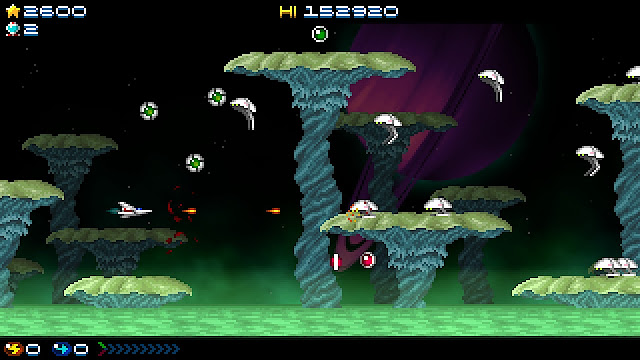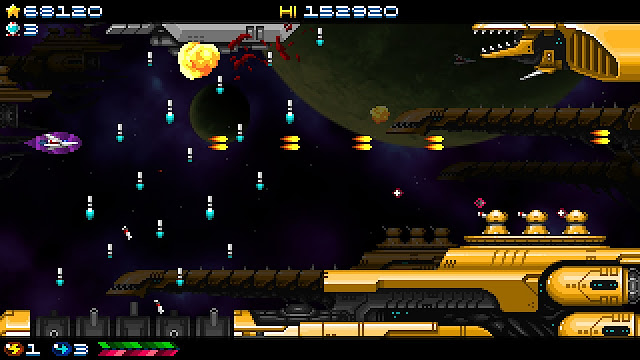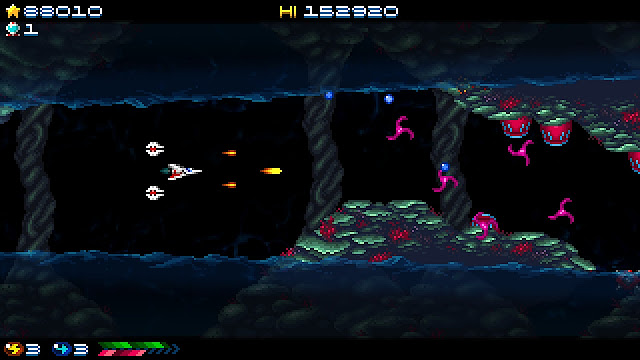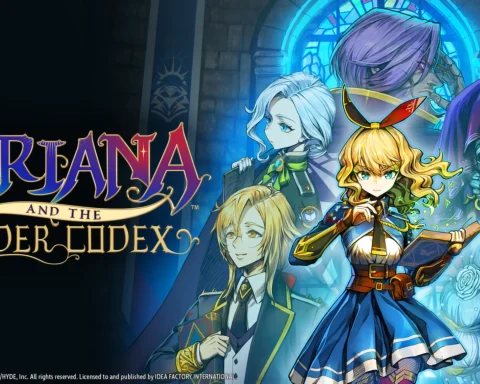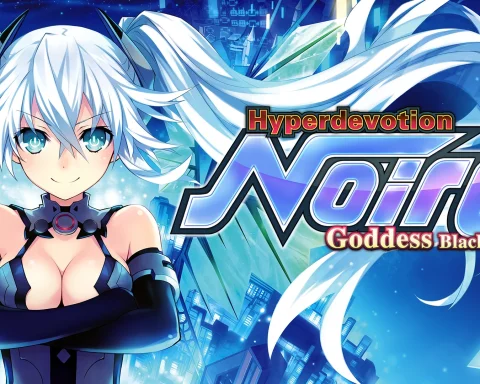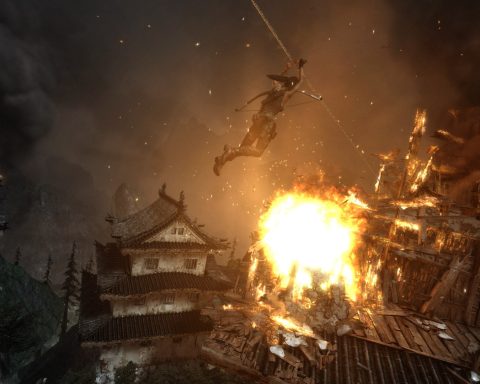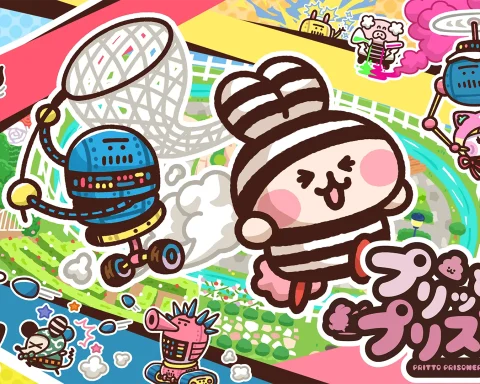Review by Clark A.
Not all 2D shoot ‘em ups are created equal. If you’ve ever played Action 52 for the Nintendo Entertainment System, you’re no doubt familiar with that game’s penchant for taking quirky character sprites, slapping some enemies atop a generic space background, and labelling them as unique shooter experiences. While it pains me to admit it, some lesser titles since then have aped that cynical mindset to a lesser degree. Yes, they boast higher grade visuals and vapid mechanics to prop them up, but they’ve thrown the art of level design to the wolves.
Following in the footsteps of 80s and 90s genre big names like Gradius, R-Type, and Darius, independent Spanish developer Locomalito knows what it’s like to design a 2D shooter. I realise there’s a bit of caution exercised against western shoot ‘em ups made outside of Japan, but in this case any trepidation is unwarranted. From its freeware origins back in 2010 as Hydorah, it’s instantly discernable that Super Hydorah is a labour of love. Coupled with retro visuals and a killer soundtrack from Gryzor87, Super Hydorah has that delightful sense of style that sucked me in immediately.
– Clark A.
Anime Editor


